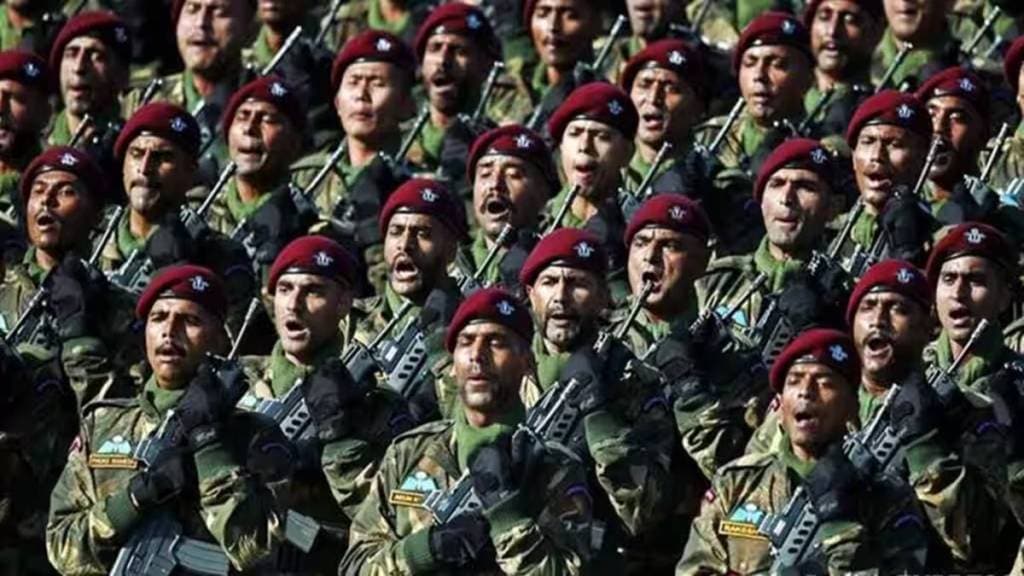As the Indian armed forces navigate critical challenges surrounding soldier shortages, the Agnipath scheme is poised for significant transformation. Following a year since its launch, the scheme is now considering substantial changes, including a potential increase in Agniveer absorption from 25 to 50 percent. This adjustment aims to address the declining strength of the forces at the soldier level, marking a crucial step towards bolstering military capabilities.
In addition, the proposed revisions encompass raising the maximum age limit to 23 years and expanding the scheme’s scope to encompass talented youths with technical backgrounds. This adjustment acknowledges the challenges faced in recruiting eligible Agniveers, particularly in technical fields such as aviation, engineering, and electronics. By widening the age eligibility criteria and fostering inclusivity, the armed forces seek to tap into a diverse pool of skilled candidates to meet future requirements effectively.
Recognizing the urgency of the situation, discussions are underway to revise the maximum age limit and explore avenues for smoother induction processes. Increasing the number of recruitment rallies is also part of the proposals to address the existing soldier deficiencies promptly. By streamlining the recruitment process, the armed forces can reduce the time taken to replenish their ranks and mitigate potential functional and operational issues that may arise.
Looking ahead, the Agnipath scheme aims to induct approximately 1.75 lakh youths by 2026. As stated by Lt Gen Anil Puri, the former additional secretary in the Department of Military Affairs, the goal is to gradually increase the intake of soldiers over the next 4-5 years, starting with 50,000-60,000 and eventually reaching 90,000-1 lakh. This phased approach allows for a comprehensive analysis of the scheme while simultaneously building the necessary infrastructure capacity to accommodate the growing numbers.
It is worth noting that the acute shortage of soldiers persists across the Indian Army, Indian Navy, and Indian Air Force. Parliament was informed in 2021 about the significant troop deficiencies amounting to 1.18 lakh, 11,587, and 5,819, respectively, highlighting the urgent need to address this issue. The Agnipath scheme, which was launched on June 16 last year, faced challenges such as incidents of violence during the four years of service and achieved an absorption rate of only 25 percent. In response, paramilitary forces announced their intent to induct 10 percent of retired Agniveers to contribute to their ranks. The objective of the scheme remains to cultivate a younger, fitter, and more diverse profile within the armed forces, better equipped to confront future challenges head-on.


